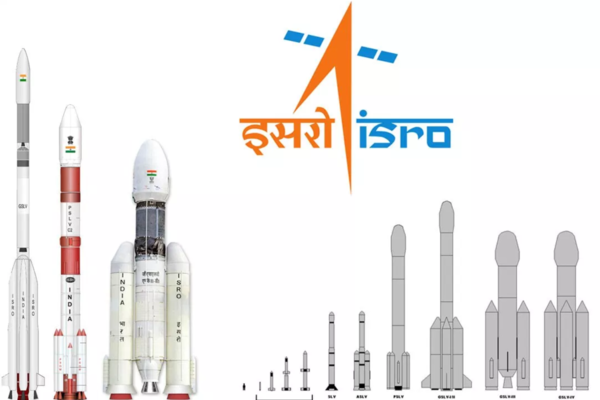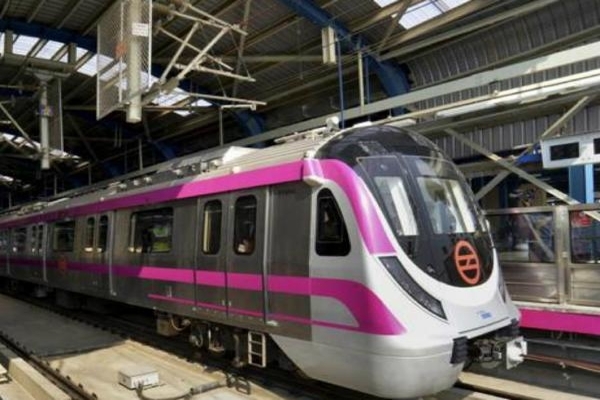Indian Space Research Organisation (ISRO) will aim to touch new heights in 2020 as it is planning to launch around a dozen key satellite missions, high-profile interplanetary mission Aditya (sun) and first unmanned test-flight of the Gaganyaan mission carrying a humanoid next year.
The another isro’s mission of isro 2020 plan is Aditya L1 mission which will be the country’s first solar mission that will help scientists study solar corona. The Isro chief said, “A PSLV will be used to carry the spacecraft and the work on the satellite is currently going on.” The 400kg-class satellite, which will carry six scientific payloads, will be inserted in a halo orbit around the Lagrangian point 1 (L1), which is 1.5 million km from the Earth, so that there is a major advantage of continuously viewing the Sun without any eclipse.
On two other significant missions, Sivan told TOI, “The test-flight of the able launch vehicle (RLV) and the first development flight of newly-developed Small Satellite Launch Vehicle (SSLV or mini-PSLV) are likely to be launched by early next year.

The RLV technology will help the space agency reuse first and second stages of a rocket so that it can reuse them to cut cost and carry heavier payloads. The first rocket stage will be recovered on a vertical landing spot on the sea like Elon Musk-promoted American company Space X has been doing it with its Falcon rocket. For recovering the second stage, Isro is developing a winged body like a space shuttle. This shuttle will be attached as the second stage in a rocket. It will carry the top portion of the rocket comprising a satellite to space. Once it injects the satellite in its orbit, the shuttle will glide back to the Earth and land on an airstrip.
The SSLV project is actually a vehicle-on-demand that has been developed keeping in mind the half-a-billion-dollar small satellite market. SSLV weighs just 110 tonnes, which is 1/10th the mass of a PSLV. It can be assembled in just 3-5 days as compared to 40 days for a PSLV and can carry a payload of up to 500kg to the low earth orbit, making it ideal for launching small satellites.
At the end of the year, Isro will try to launch the first test flight of the Rs 10,000cr Gaganyaan mission. A modified GSLV MKIII will carry a humanoid (a robot with human features) to space and scientists will monitor the activities of the humanoid in order to prepare for the manned mission later.
The first test-flight will be followed by a second unmanned mission in July 2021 and finally the human spaceflight mission in December 2021 in which three Indian astronauts or Gagannauts will be sent to space for 5-7 days for performing various space experiments in space. The three Gagannauts, enclosed in a crew module mated to a service module in space, will finally be brought back to the Earth after a week in space.












